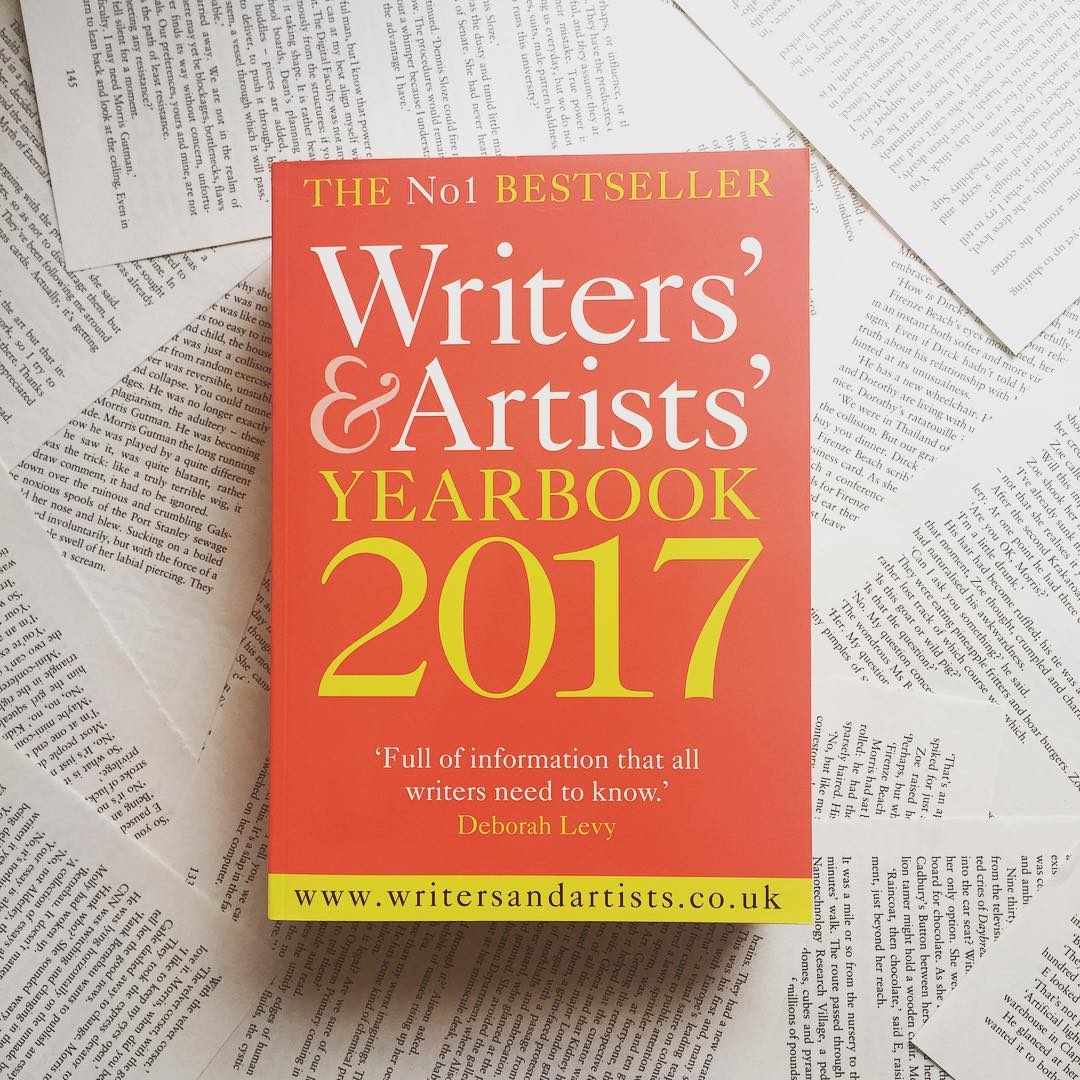One of the expressions my colleagues in the publishing company I worked for in Singapore would use with great frequency, simultaneously shaking one of their hands in a swift waggling motion, was the wonderful: ‘same, same, but different’. It’s a catch-all phrase that for me, has come to epitomize the content of each new edition of the Writers’ & Artists’ Yearbook – all 816 pages of this big, red tome. Riffle its pages and there is much that readers, writers and illustrators from across the years (a whopping 110 years in fact, as the first edition was published in 1906) will find familiar. But much too that is new: a reflection of the fast pace of change across the publishing industry. The Yearbook has two main strands of content: articles and an extensive directory of contacts.

In each incarnation, there are more than 80 articles packed with advice from successful writers who share their own experiences of being a debut novelist, trying to get poetry published, learning how to promote themselves and their work, writing romantic, historical, crime or science fiction. . . . These personal pieces sit alongside words of wisdom from professional in the publishing field: literary agents, publishers, tax, copyright and financial experts. Every year, I retire older essays, invite authors to update their existing pieces and I commission brand new ones. This year, in the Writers’ & Artists’ Yearbook 2017, for example, you can read about writing memoir or life-writing by Sunday Times bestselling author Duncan Barrett, learn how to write a bestseller with Crime Writer of the Year Clare Mackintosh, read how novelist and creative writing tutor Claire McGowan got her lucky break, be guided in how to write ‘how-to’ books by Kate Harrison. Each article is a fine piece of writing in its own right: absorb the advice and admire the literary craft of Maggie Gee as she makes a rallying cry for writers to band together, of Mike Herron as he shares insights into writing spy fiction, and of Neil Astley as he advises how to get your poetry out there.
The directory or listings of contacts – who to contact and how – across the breadth of the media industries runs to thousands of entries across hundreds of pages and each and every entry is reviewed and updated where necessary every year by a team of editors. New companies and institutions are added, defunct organisations removed. Want to know the name, role, email or website for those working for newspapers and magazines, tv and radio, book publishers, literary and illustration agencies, literary prizes, societies and festivals, creative writing courses, self-publishing providers?
Then consult the Yearbook.
Together, the articles and listings reflect changes in the publishing landscape: what’s new, what’s not, who’s in, who’s out, what sells, what doesn’t . . . As a collective whole, the Yearbook, as it has done successfully and successively over the last century, is a guide to how to write and how to get your written and illustrative work to the readers, listeners and watchers for whom it is intended. Whether it is fiction or non-fiction, poetry or prose, a script for radio or tv or the stage, your first book or your thirteenth, a self-published magnum opus or slim memoir seeking agent representation the Yearbook is a trusted support. There is much inside to encourage, inspire and help the aspiring writer. As Deborah Levy writes in her conclusion to this year’s Foreword ‘One of the ways we survive professionally and personally is to understand the realities of the industry, and to understand our own purpose in art. You will need to decide which of the two is more important to you – but wherever you land, you will be better informed if you keep a copy of this book on your shelves.’
Comments